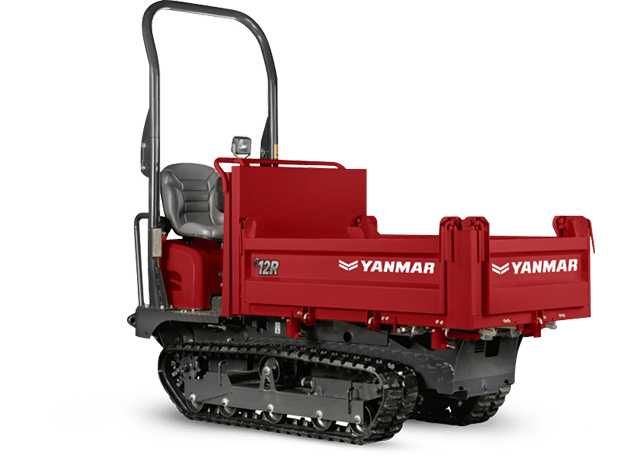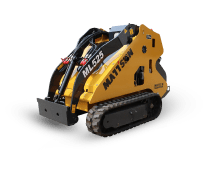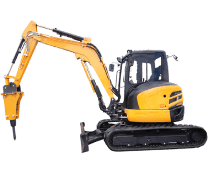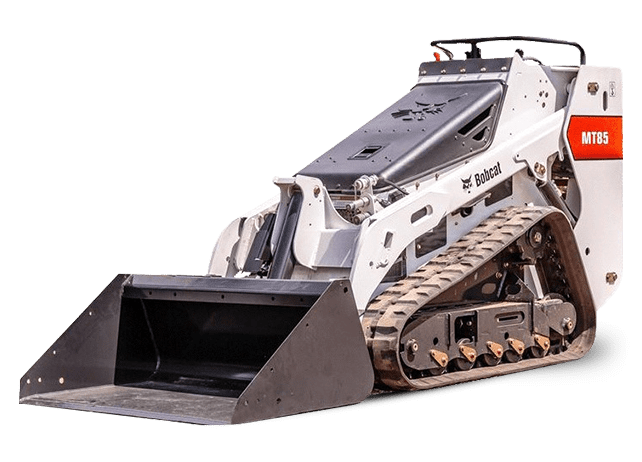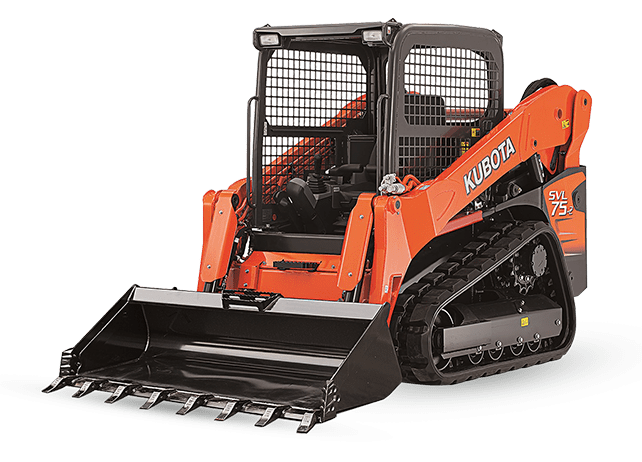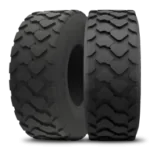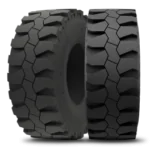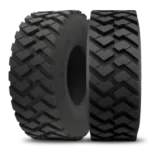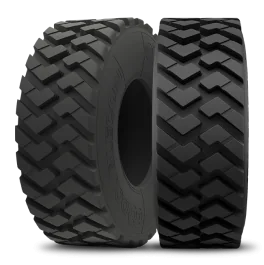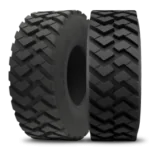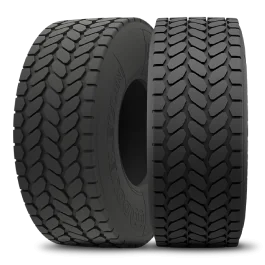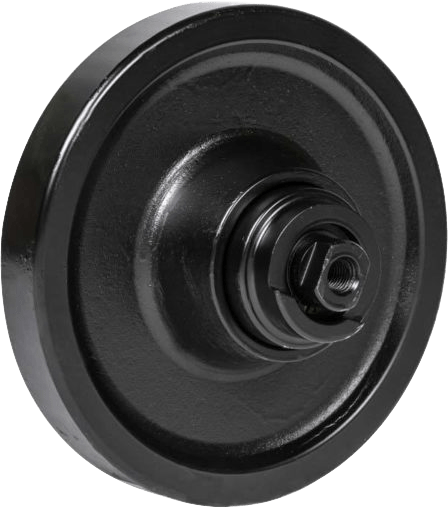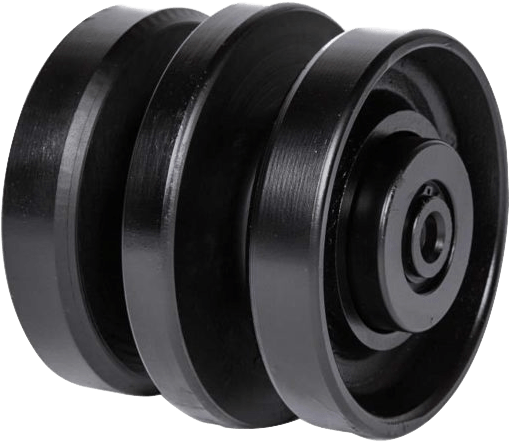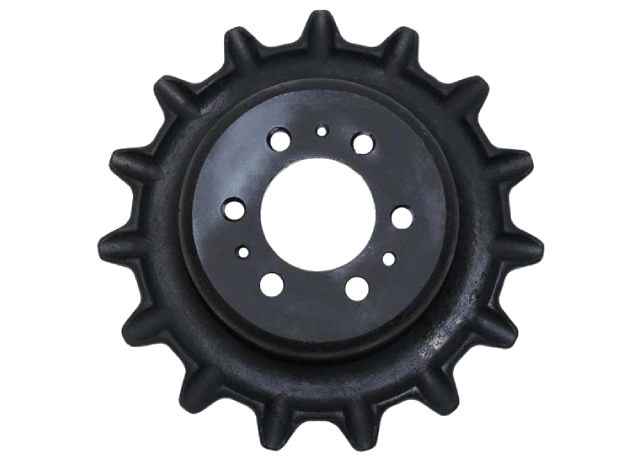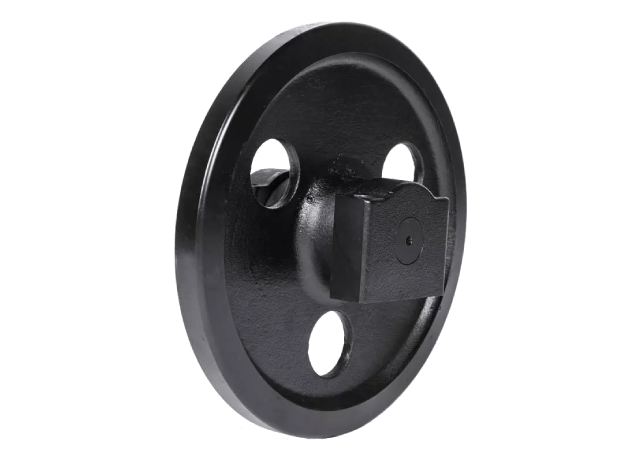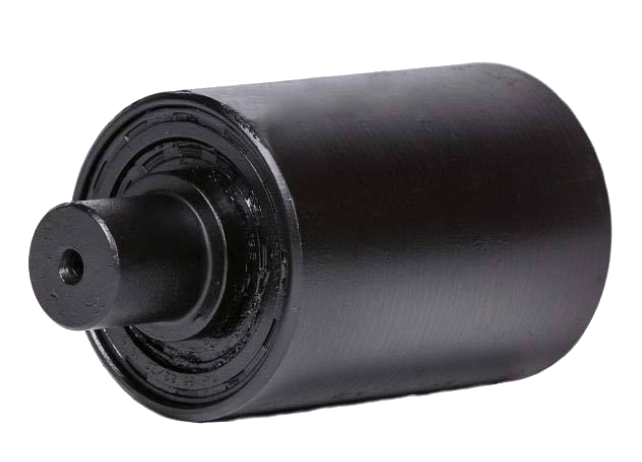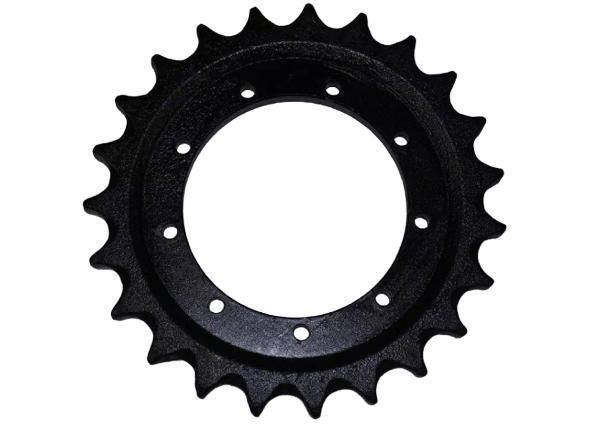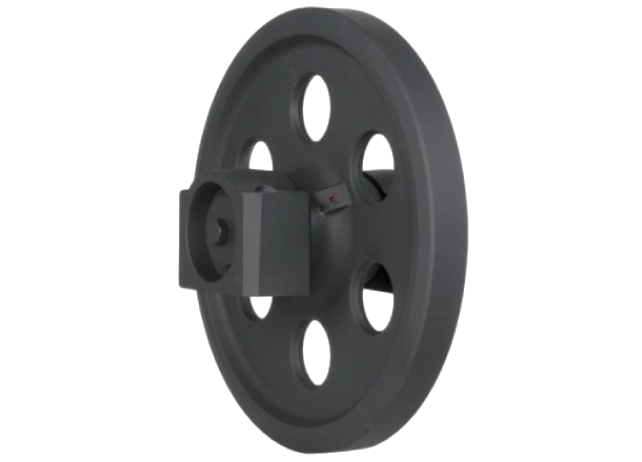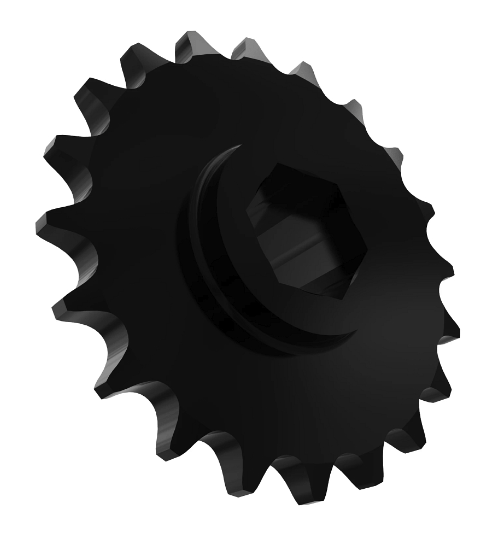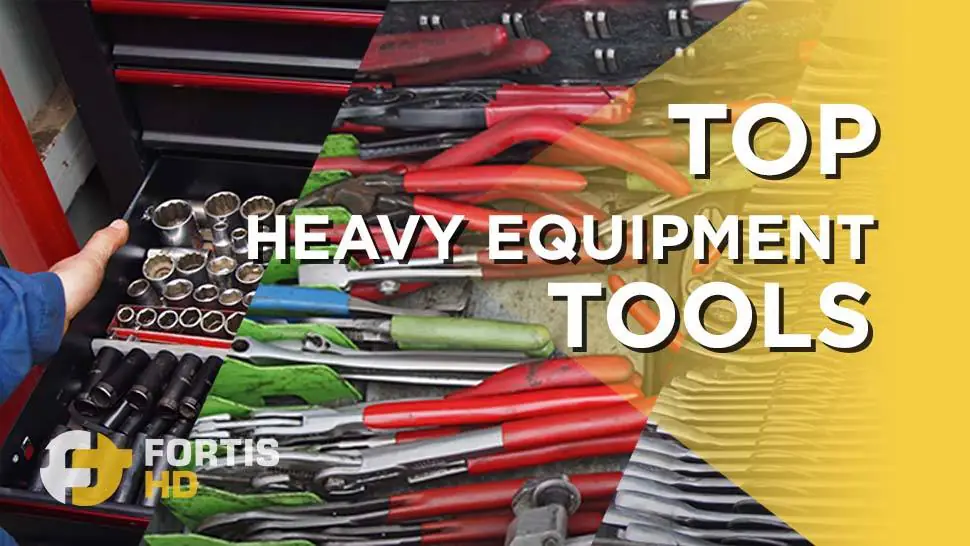In the heavy equipment industry, time is money.
Top heavy equipment tools save you time by helping you complete tasks faster, better, and easier.
As a seasoned heavy-duty or diesel mechanic, we know you already have your favorite set of top tools and what brands work best for you, though you are welcome to share your thoughts and comments to improve this list.
However, if you’ve completed all your schooling and want to get your foot in the door, you’ll make an excellent first impression with this tool list. You won’t bother (much) the guy you’re shadowing, and even better, you might get a good pay rate because companies frequently base the rate on the value of the tools you have.
Just a heads up: we’ll mention and even recommend certain brands, but it’s up to you to create your criteria, which you’ll do over the years. Tool lists are subjective, mainly when it comes to brands.
Get what you can afford to start. There are great choices besides Snap-On for a fraction of the price. But when the time comes, you’ll want to improve your toolbox and impress others, so check out our high-quality tools at Fortis.
So, in no particular order, here’s what we consider to be the top heavy equipment tools.
Table of Content
Hand Tools

Hand tools are varied and a must have for heavy-duty mechanics. Although you might associate top tools with power ones, there are simple, frequent tasks you can only do efficiently with hand tools.
Wrenches

Get yourself a set of combination, 4 way angle, and L-shaped Allen wrenches. Also include an 18” pipe wrench (useful for hydraulic lines, bolts, and breaking down cylinders) and a descent adjustable wrench that goes up to two inches.
Since there isn’t a universal standard across all heavy equipment, consider purchasing both SAE and metric for the combination and angle wrenches. For the standard sets, get everything from 5/16 to 2”. Buy metric sets that range from 6 to 19 mm.
Combination wrenches are good for working in tight spaces, while 4 way angle wrenches are handy for hydraulic lines.
Since hex nuts and bolts are the standard for heavy-duty machines, we recommend getting combination wrenches with a 6-point box end. Check the following video to see the performance difference between 12-point and 6-point box end wrenches on soft and rounded fasteners.

At Fortis, you can buy state-of-the-art wrenches, available on both SAE and metric. Drop forged, chrome finish for extra traction even with oily hands, inner hex open ends for superior strength, and a unique offset design to get to hard-to-reach spots where regular wrenches won’t. Get yours today!
Wrapping up hand tools, get a strap wrench—they are a must have for those of you doing equipment servicing. Strap wrenches seem to have lowered their quality over the years, but we have a beefy, heavy-duty oriented strap wrench at Fortis.
Check our heavy-duty mechanic’s first-hand experience testimonial:
Ratchets

Buy a 3/8” x 9” long ratchet for general tasks and a 1/2-inch drive 72-tooth ratchet with a 24-inch long handle to get out those stubborn bolts.
Eventually, you’ll also need a 1/2” breaker bar because constantly using your ratches to break bolts loose will unnecessarily wear the gear and mechanism inside the ratchet head.
When it comes to sockets, go for impacts. Chrome sockets are expensive and brittle. Besides, you’ll rarely run into a situation where you’ll need a chrome over an impact. Of course, you can use chrome sockets on impacts, but you’ll shorten their life and probably crack or split them, damaging fasteners or even hurting you.
We recommend getting the following sizes:
For your 3/8” ratchet:
- A standard set from 5/16” to 1”, deep and shallow.
- A metric set from 7 mm to 19 mm, deep and shallow.
For your 1/2” ratchet:
- A standard set from 3/8” to 1 1/4”, deep and shallow.
- A metric set from 10 mm to 19 mm, deep and shallow. Consider adding 24, 27, and 30 mm sockets (deep and shallow).
Also, get a set of 3”, 6”, and 10” extensions for the 3/8” and 1/2” drives and a 1/2” to 3/4” adapter. The adapter is because, although we recommend—as a beginner—getting impact wrenches below a 3/4” drive, you’ll need it to use bigger sockets—36, 46 mm—with your 1/2‘’ drive (more on impacts further on).
Lastly, a good set of wobble sockets will make your life much easier for fasteners you can only access at an angle.
A versatile accessory is wobble plus extensions, which combine an extension and a wobble socket into one tool.
Other Top Hand Tools

Cameron, one of our HD mechanic professionals with 10+ years of experience, says, ”Tools don’t make the mechanic at the end of the day, but good mechanics appreciate good tools, and it makes your job easier and more enjoyable.”
The following tools will do precisely that. Be sure to add the following to your toolbox.
You’ll need picks to get out o-rings and seals.
Find good pliers, including a slip jaw, dike, needlenose, snap ring, and channel. We recommend getting a 10” – 12” cobra plier and the rest in a smaller set. Knipex is a pricey brand but makes high-quality pliers. Also, get a locking plier, commonly known as vise-grips.
Buy a cutter, preferably a flush cutter, to shorten zip ties without leaving a sharp end, and a wire stripper—it will save a LOT of time.
A 32 oz (2 pounds) hammer will be enough to start. Make sure to get a dead blow hammer, not an old-school wooden handle. Dead blow hammers transfer more energy to what you hit, thus fewer swings to do the job.
Work lights are a must. The magnetic, rechargeable versions are great (just don’t forget to take them back when you finish).
Pocket flashlights are also super handy. Make sure to get it in a bright color in case you drop it in a dark place. In some situations, you’ll have to hold it with your mouth (we all have), so put three layers of shrink tubing on the end to avoid hurting your teeth with the aluminum.
We haven’t forgotten about screwdrivers. You could get a universal 1/4” screwdriver handle with a bit kit or, even better, opt for a set of serious screwdrivers like the one available at Fortis.
Speaking of screwdrivers, DON’T use them as pry bars. You’ll need an 8” pry bar (for lining up holes and panels) and this 24” heavy-duty pry bar to work on bigger tasks, like rubber tracks.
As a heavy-duty mechanic, you’ll find out that cleaning mating surfaces is time-consuming, like when servicing diesel engines. DON’T use power tools. Otherwise, you’ll break the edges of the engine. To clean an engine block, you’ll need scrapers—good ones, both regular and chisels. At Fortis, we proudly claim to have THE BEST carbide scraper kit.
Don’t take our word for granted. Watch Cam putting our scrapers to the test with some engine work, showcasing its value for heavy-duty mechanics and why it’s found a spot in his truck.
Impact Tools

Electric or air tools? You’ll need both. It’s a matter of convenience. Sometimes, you’ll want to get free of carrying a hose all over, and others won’t. It’s not a big deal anyway.
Here’s what we recommend. Get a 3/8’’ electric impact, and if you need to go beyond that, invest in a 1/2‘’ air impact.
For the 3/8‘’, Milwaukee is one of the less expensive brands, and one advantage is that the battery platform will work on many tools going forward.
Now, for the air impact, we strongly recommend our 1/2’’ impact wrench super duty, and there are air swivel adapters to make the hose connection more flexible.
Check the following shorts to see the power and efficiency of this stubby impact.
For those who complain about the hose’s resistance, there are swivel adapters to make the hose connection more flexible and easier to manipulate. However, some adapters affect the performance of the impact, as we mention in our article “Our Guide On Choosing a Heavy Duty Air Hammer – An Expert Recommendation.”

To take your 1/2‘’ air impact to the next level, visit our website to pair it with our stubby impact socket kit.
Electric Tools

We highly recommend getting an electric greaser. It’ll save a lot of time when servicing heavy equipment.
According to Cam, the gun empties a grease tube in no time, especially when you need to fill big grease cavities like boom pins.
Besides a greaser, a light tester or a multimeter is another top tool.
Many heavy-duty vehicle problems are hydraulic or electric.
Troubleshooting is time consuming, as seen in the video below, and a tester or a multimeter will shorten the time.
Last Thoughts
There you have it, folks—our list (hopefully not very subjective) of the top heavy equipment tools list.
In a nutshell, if you are looking for the top heavy equipment or semi-truck tools, get the following:
- Combination, four way angle, and Allen wrenches.
- A regular 3/8‘’ ratchet, a long 1/2‘’ ratchet, and a 1/2‘’ bar breaker.
- A 3/8‘’ electric impact wrench and a 1/2‘’ air impact.
- Electric grease gun, multimeter/light tester.
- Screwdrivers, pry bars, pliers, cutters, strippers, picks, a 32 oz blow-dead hammer, work lights, and last but not least, scrapers (not cheap ones).
Do you agree with us? Is there something we might have included? We value your feedback, so let us know what you think on Facebook, Twitter, Instagram, or YouTube. Be sure to check out our other tool articles:

